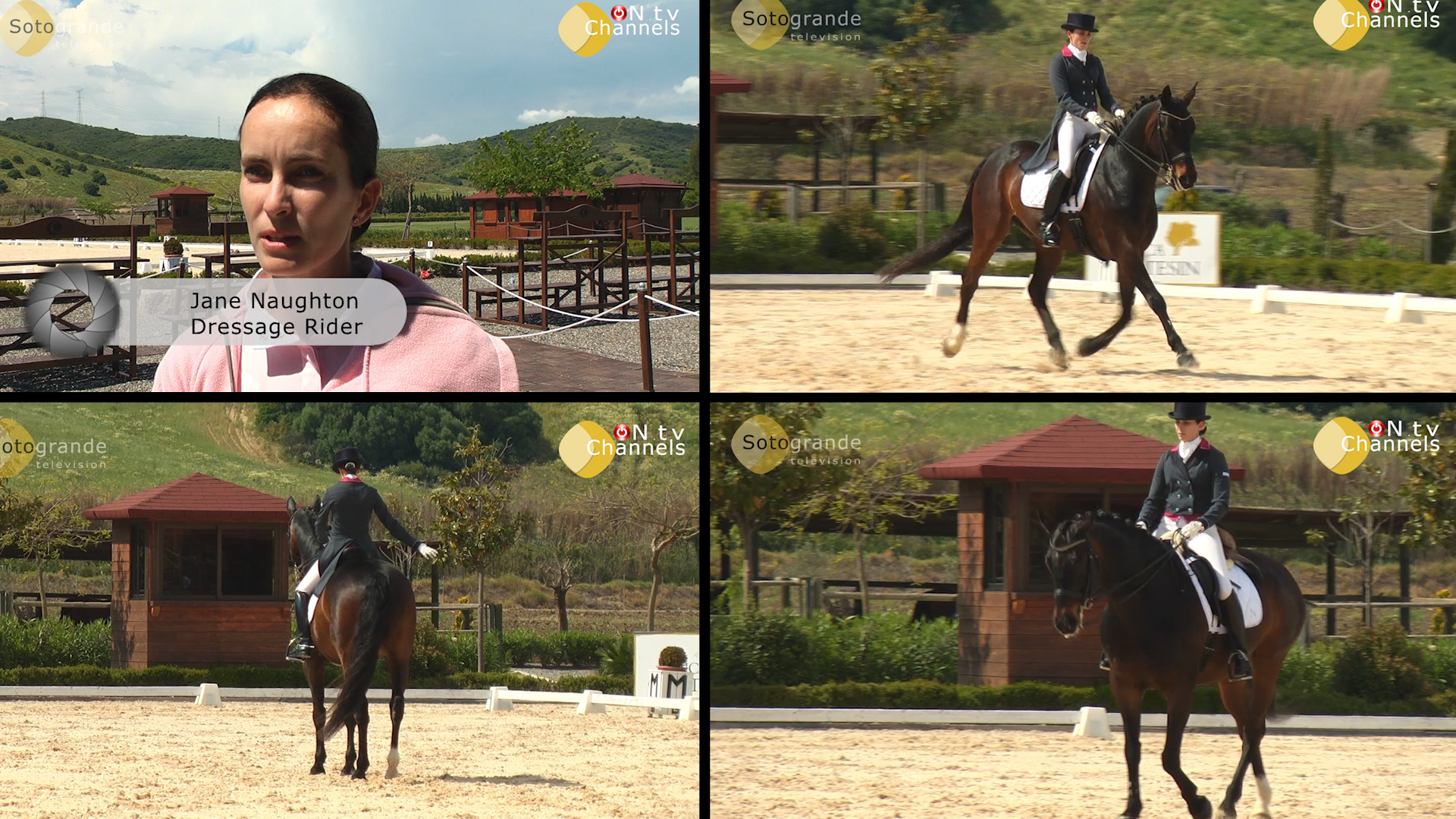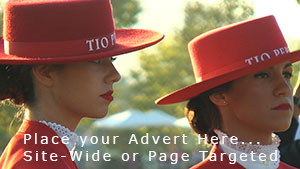A Dressage Test – Explained in detail by Georg Prause – Dos Lunas Polo & Dressage Club – 2013
From the Dos Lunas Polo & Dressage Club – Sotogrande – May 2013.
A Dressage Test with rider Jane Naughton and with her trainer Georg Prause kindly talking us through the test, explaining the various parts to us in detail…

Georg Prause has also taken the time and trouble to do a short write up on the background to Dressage – here’s what he had to say:
ABOUT THE SPORT OF DRESSAGE.
If we talk about modern dressage riding we have to consider that it has a history of more than 2400 years since the Greek Xenophon wrote the first book about it.
In the past horses were used for many reasons in wars, agriculture etc. and the requirements were adapted to it.
Nowadays we see the horse more as a partner in various equestrian sports and we understand dressage riding as a gymnastic for the horse to have it relaxed and flexible for it’s exercises.
It is not natural for a horse to carry the rider’s weight on his back. This brings the centre of gravity very much on the front legs. However all the power and impulsion come from the hind legs and so we try to bring it more to them. We call this “collection” when the horse carries the weight and becomes more uphill like in piaffe or canter-pirouettes.
It takes years to train up a horse to highest levels and the result should look light and elegant like a dance. It does not need much knowledge about dressage to recognize this and enjoy it for example in a “Grand-Prix Kur” with music which is always the finale of international competitions after the “Grand Prix” and “Grand Prix Special” exercises.
Of course there are rules for the free style like for all exercises. Horse and rider have to show all movements like walk, trot and canter in highest collection and forwards in extensions. It is important that the horse always keeps the same rhythm of the movement no matter if it is for example a trot in highest collection or full extension. Just the lengths of the steps changes.
Besides this we see lateral movements with a bending in direction of the movements in trot and canter, flying changes, pirouettes; but one of the highlights is always piaffe and passage presenting the horse powerful and proud of themselves.
These exercises have a natural background. If you see a stallion free with other horses you will recognize many of these movements you have seen in the exercises in competitions. We just have to find and develop them together with our horse.


















